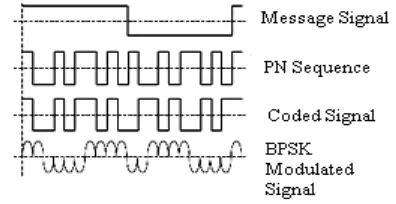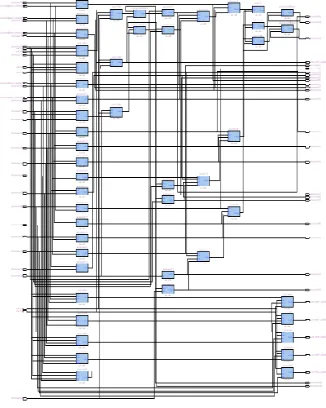Implementation of Code Division Multiple Access using Asynchronous Sequential Techniques
Full text
Figure




Related documents
Finding efficiencies in the system to lower costs associated with paying attorneys (on both sides), expert witnesses, or other costs unrelated to patient compensation
• The unauthorized acquisition, access use or disclosure of protected health information in violation of the Privacy Rule is presumed to be a reportable breach unless. – The
T3 showed a significant negative correlation with waist circumference in patients with hypothyroidism and met- abolic syndrome
We investigate how freeing received out-of-order PDUs from the send buffer by using Non-Renegable Selective Acknowledgments (NR-SACKs) can improve end-to-end performance..
Abstract Crude oil-polluted soil samples were collected from five different oil polluted sites at Etche, Ahoada, Bodo, Ebocha and Bille in Niger Delta.. The samples were
For Burkina Faso, Senegal, Malawi and Ethiopia, we observe on average higher completed fertility for men than women of the same birth cohorts. The empir- ical analysis shows that
In this section, we discussed three popular types namely optical time division multiplexing (OTDM), code division multiple access (CDMA) and wavelength division
Similar to the prompt question mechanism for specific time references in the original study (i.e., asking for specific times enlarges truth – lie differences), asking for a
